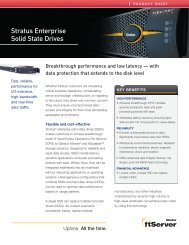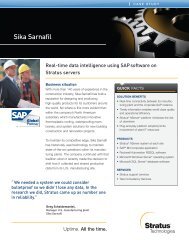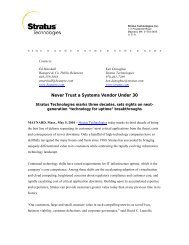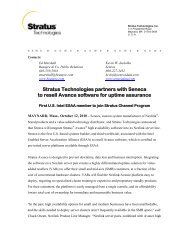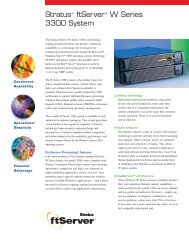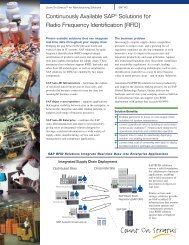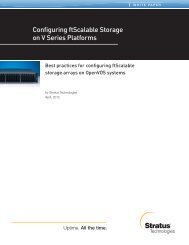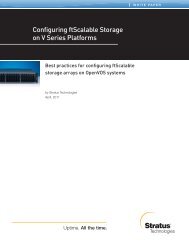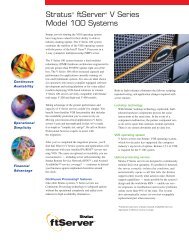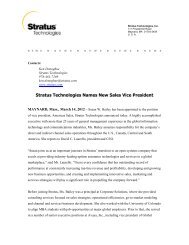Read Siemens Power Plant Automation whitepaper (PDF)
Read Siemens Power Plant Automation whitepaper (PDF)
Read Siemens Power Plant Automation whitepaper (PDF)
Create successful ePaper yourself
Turn your PDF publications into a flip-book with our unique Google optimized e-Paper software.
The actual web server, the servlets for the representation of plant displays and the various<br />
engineering functions are also components of the application server. These include session and<br />
user management, the report generator and alarm management. All the applications of the<br />
application server are programmed in Java and are therefore by definition independent of the<br />
hardware and the operating system. This ensures investment security for both the user and the<br />
supplier in the fast-moving world of information technology.<br />
The on-board runtime container is a special feature of the application server. This allows<br />
applications to be generated and tested during plant operation with the help of an easily created<br />
simulation environment without any effect on operation. When testing has been completed<br />
successfully, the new functions can then be loaded in the real-time runtime containers of the<br />
automation servers and executed.<br />
It must be noted here that the load procedure of the automation servers has been drastically<br />
shortened thanks to the modern software architecture. If we take an application comprising 1000<br />
function blocks and 8000 links as an example, it takes a mere 15 seconds for the necessary data<br />
to be loaded into a runtime container, where they can be executed immediately. This procedure<br />
can take minutes or even hours in conventional systems.<br />
Overall it can be said that a very robust design has been achieved through the selected software<br />
architecture. Both the runtime containers and the function blocks, which are known as<br />
automation function instances (AFI) in SPPA-T3000, are software objects which outwardly<br />
exhibit the same basic structure. The containers represent the runtime environment in which the<br />
AFIs can be executed with little or no interaction. Advantages resulting from this structure include<br />
online expansion and modification capabilities. Operating experience with the first plants<br />
implemented in this design has been more than impressive and provides convincing arguments<br />
for this approach.<br />
9



